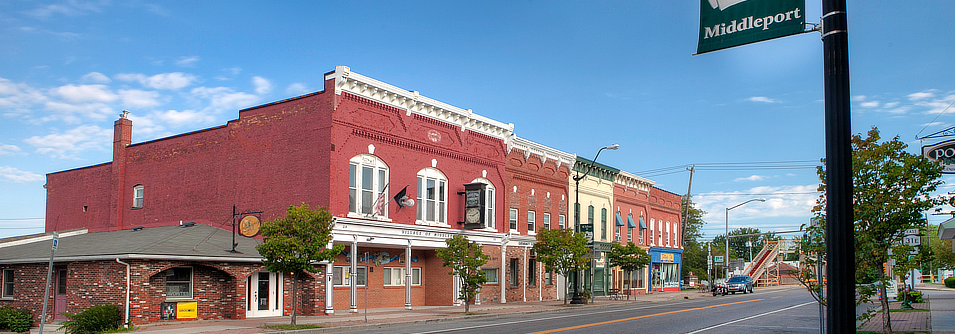
Environmental Initiatives / Studies
Middleport Bioavailability Study
What is Bioavailability?
It is the extent to which a substance can readily be absorbed by an organism or is ready to interact in an organism’s metabolism.
Assessing the bioavailability of arsenic in soil is a complex process that is influenced by soil type, arsenic concentration and different absorption factors between children and adults. In soil, arsenic can form very stable compounds that are not “released” from the soil when the soil gets on human skin or if the soil is ingested. Arsenic that remains attached to the soil does not get absorbed into the body, and therefore, does not cause toxicity.
In order to understand how much of the arsenic in Middleport soils might be absorbed or interact with the body’s metabolism after exposure, FMC hired Exponent, a nationally regarded engineering and scientific consulting firm to design and oversee studies aimed at understanding the bioavailability of arsenic from Middleport soils relative to soluble arsenic.
Exponent worked with two university research scientists who conducted separate studies on soil arsenic bioavailability. Soil from three locations within Middleport environmental study areas were among the soil used in the studies. Dr. Stephen Roberts, Director of the Center for Environmental and Human Toxicology at the University of Florida, conducted an “in vivo” and an “in vitro” study. Dr. Ronald Wester, a dermatoxicologist at the University of California at San Francisco, conducted a dermal (on the skin) absorption study.
The Middleport Bioavailability Study showed that oral absorption of arsenic in soil is reduced and dermal absorption is negligible. The following links provide more detailed information about the study and its findings.



